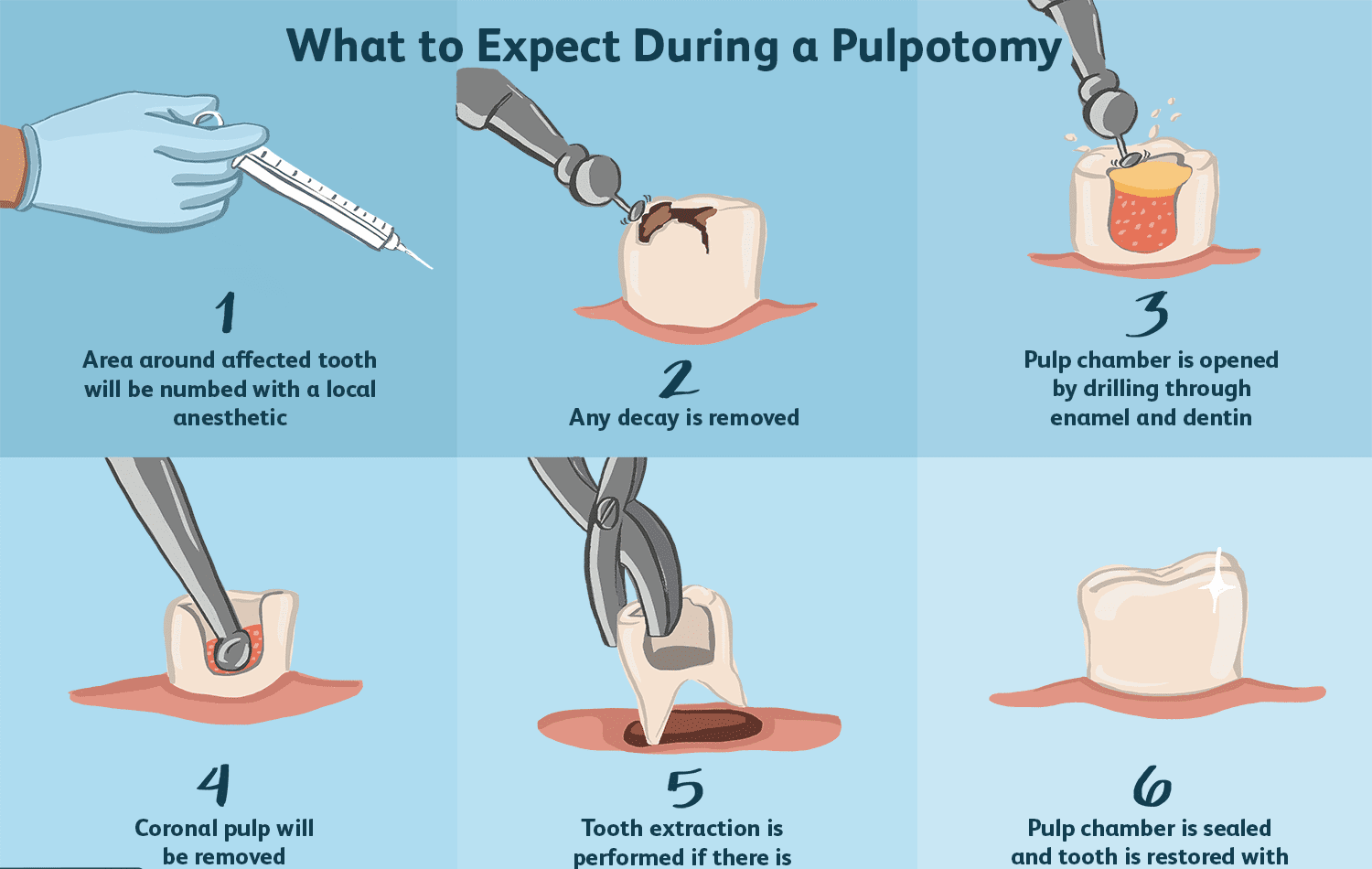Root canal therapy is a dental procedure performed under local anesthesia that involves extracting infected pulp from within a tooth and extracting any surrounding damaged material.
Underneath the hard, white enamel and dentin layers of your tooth lies the pulp, made up of connective tissue, blood vessels, nerves and nerve endings that supply nutrients and oxygen directly into your tooth’s roots. Pulp is essential when your baby tooth is growing, while fully developed teeth can survive without it.
Root canal procedures involve extracting the pulp, followed by filling and sealing of any remaining holes or spaces within a tooth’s structure to reduce pain and risk of further infections. They’re relatively quick processes that can significantly lower pain as well as further infections of teeth.
Determining the Necessity of a Root Canal

Root canal therapy may become necessary when an injury or infection has caused swelling of the pulp, and dentists can perform root canal procedures to extract this inner pulp while leaving the crown of the tooth undamaged.
The most likely causes of pulp damage include:
Oral hygiene issues often contribute to tooth decay, cracks or chips in the tooth and injury caused by trauma to an existing one.
Tooth and gum infections
While it can be hard to spot the physical trauma caused by damaged pulp when looking inside your mouth, if this condition exists you are likely to experience various symptoms, including:
Should You See One Or All These Signs
Should you experience severe pain when chewing or any combination of the following symptoms: Spots on Gums
Changes in Sensitivity to Hot/Cold Temperature in Certain Teeth
Swollen/Bleeding Gums If any combination of the above occurs, seek advice from either a root canal specialist or your regular dentist immediately.
The Process of a Root Canal Treatment

Root canal procedures are performed at dental clinics by trained specialists and will follow these general steps.
Application of Anesthesia

Dentists administer local anesthetic injections into the gum around an affected tooth for pain relief. While this procedure might initially be slightly unpleasant, any discomfort should only last a few seconds as soon as its effects start to take hold and make the area numb.
Extraction of Pulp

A dentist will first create a small opening in the affected tooth in order to access and extract its pulp, using tools called files specifically designed to minimize damage to surrounding areas of the tooth.
Closure of the Tooth

Once the pulp has been carefully extracted, a dentist will clean and disinfect the area before filling any holes left by this process with gutta-percha. They then seal this filling to secure its position, and to protect against saliva damage to gutta-percha.
Utilization of Antibiotics

To minimize infection after root canal surgery, the dentist will likely recommend oral antibiotics. They typically must be taken for seven days; at that point, your risk of infection from root canal therapy has diminished considerably.










